In 2024, I wrote here about “The Great Retro Record Reference Review Roundup:”
Featuring: Five music books from my collection.
I’m revisiting that topic now with an eye toward honoring the works inspired by Billboard magazine, which in turn gave the idea for Tom Breihan to write his The Number Ones column at Stereogum.com.
Already. I’ve noted how my pal Fred Bronson’s book, The Billboard Book of Number One Hits inspired me a few years later.

That result was my book, The Billboard Book of Number One Adult Contemporary Hits.
But Fred and I weren’t the only ones writing for Billboard before the turn of the century.
Here are efforts from a few others, along with my rating of each, with 1 being the worst score and 10 the best. Regardless of how I grade it, I hope you’ll consider adding them to your library if they strike your fancy.
The Billboard Book of Number One Rhythm and Blues Hits

Adam White and Fred Bronson, 1993
(“Hey, Ozmoe?” )

(“I thought you were going to talk about books other than those written by you and Fred Bronson?”)
Well, let me explain.
Fred told me that Adam White had this book underway, when the latter realized he needed help researching and writing the entries. So Fred offered to help.
(Even though the 583 soul number ones White was covering from 1965 through the end of 1990 was barely bigger than the 500 or so that Fred oversaw in the first edition of The Billboard Book of Number One Hits inspired. And each entry had a smaller word count as well.)
This book—and the next one discussed—follows Fred’s pattern of profiling each record chronologically and including the title, artist, label, catalog number, and all writers and producers.

Dozens of exclusive interviews give the background story
It’s good overall, but the problem is the difference in writing styles is jarringly noticeable.
Bronson wisely favors a factual, objective approach, letting participants tell their stories and give their own opinions of the songs involved.
On the other hand, White tends to be opinionated and strained in his assessments, which weighs down the book.

It’s often easy to tell what entries he did.
Such as this overwrought introduction to “Oh Girl” by the Chi-Lites:
“A little taste of country corn, courtesy of harmonica player Cy Touff, and a whole barrel of Chicago soul gave the Chi-Lites the prize denied to many of their vocal group peers:
a crossover smash that spun all the way to the top of the R&B and pop charts.”
Hoo, boy…
Still, this period surveyed has a lot of songs familiar even to non-R&B fans and is nicely illustrated. So, it’s mostly a fun read.

My score:
7.
The Billboard Book of Number One Country Hits

Tom Roland, 1991
This writing amazed me—in two meanings of the word.
One was its succinct way of getting a lot of facts into each entry, which are generally no more than seven paragraphs long. Tom Roland wastes no words in making compelling writeups for each song.
The other was the sheer magnitude of what it includes.
It’s much more than what The Billboard Book of Number One Hits had even in its last edition in the early 2000s. How much more?

The book covers 848 hits from 1968-1989.
In contrast, it took from 1958-1999 for the Hot 100 to have the same amount of chart toppers. That’s nearly a decade both before and after the country era to equal what’s done here!
Roland somehow managed to get new interviews for most entries as well. Very impressive.
The only drawback to me is that many of these chart toppers were (and still are) totally unknown to me, as well as a good number of artists.

The country crossovers to the pop chart were considerably fewer in this era than the R&B ones.
Given this lack of familiarity, you may skip over a few entries to find something more interesting. If that’s the case, it’s a shame, because the author does his best to make each song’s story as fascinating as possible.

My score:
8.
Billboard’s American Rock ‘n’ Roll in Review

Jay Warner, 1997
Technically, this isn’t a Billboard book.

Its publisher was Schirmer Books, an imprint of Simon & Shuster. However, the subject matter is right on target.
Warner collected all reviews in Billboard for top rock acts of the 1950s, 1960s and 1970s and listed them by artist as a fascinating collection of what the publication said about the songs when first released.

It was a great idea, but his execution was faulty.
The first problem was revealed by the title. Warner only covered artists from the United States, so there goes the British invasion. Missing:
- The Beatles
- The Rolling Stones
- Bee Gees
- Elton John
- Rod Stewart.
And so goes around half the story of rock at the time.
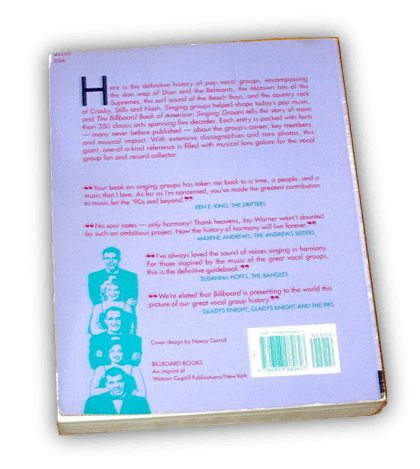
Worse yet, he somehow omitted major acts even though they met the book’s criteria, including:
- Blood Sweat and Tears
- Glen Campbell
- Chicago
- The Eagles
- Connie Francis
- The Jackson 5 (and Michael Jackson by extension)
- Linda Ronstadt
- Sly and the Family Stone
- James Taylor
- Three Dog Night
With these exclusions, I was crestfallen when exploring the book more in depth.
Why did Warner leave out these artists in favor of the Cadillacs, the Cleftones, the Crows, the Five Kings, the Five Satins, the Happenings, the Orioles and the Spaniels? Most of those were relatively obscure, never had a top 10 hit and were more doo-wop acts than rock ‘n’ roll. Yes, doo-wop fed into the latter, but this greatly overrepresented the genre when the book’s focus was supposed to be rock.
The answer is that in 1992, Warner wrote The Billboard Book of American Singing Groups: A History, 1940-1990.

So, he wanted to represent those artists and it wouldn’t require him to do much extra research about them either.
Good for him, not so good for readers. The result is a letdown overall. I give the book an A- for the concept, but a D for delivery.

My score:
4.
The Golden Age of Rock Instrumentals

Steve Otfinoski, 1997
How does one accurately and compellingly describe a song without lyrics?
It’s a challenge I don’t envy. But Steve Otfinoski gladly is up to address that. He clearly and dearly loves instrumentals, as shown by his passionate writing for the subject.

He indeed does a great job of detailing all the hits and a lot of near misses during that era in his writeup.
According to the author, the golden age of his genre was from 1955-66.
However, I do wish he would’ve provided a fuller chapter on what he supposed caused instrumentals to die after 1966 and discuss some of those hits that did make it afterward, nonetheless.
After all, there were a lot of solid instrumentals getting near the top of the Hot 100 in the late 1960s through the mid-1980s, such as “The Good, The Bad and The Ugly,” “Outa Space,” and “Axel F,” among others.
For what is there, Otfinoski’s book is a quick read at 200 pages or so with some rare illustrations. And the recommended listening section at the end is a nice touch.

My score:
7.
The Billboard Book of One-Hit Wonders
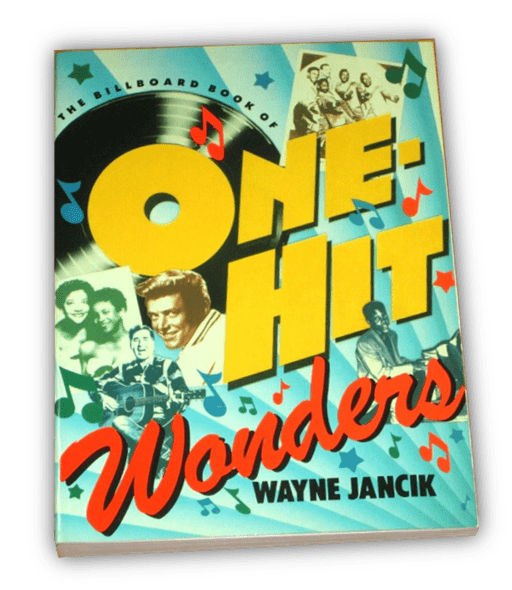
Wayne Jancik, 1998 (revised edition)
Who doesn’t like to talk about this subject, huh? Exactly!
To his credit, the author reflects the enthusiasm most of us share for this topic in this lovingly written collection. He starts chronologically in 1955 going by each artist’s name and their best-known claim to fame, followed by anywhere from two paragraphs to a page’s worth of info.

Some acts Jancik interviewed, but for the ones he couldn’t, he cites other sources for often helpful quotes by the artists involved.
He even gets a few from Billboard’s longtime competitor, Cash Box, although by the time this came out, that publication was dead.
It would be nearly perfect were it not for the fact that he had to set an artificial deadline for covering the subjects.
Somehow, that led to Lenny Kravitz being included as an entry, something that wouldn’t happen a few years later obviously. But that’s a minor quibble.

By the way, Jancik covered only acts that made the top 20 on the Hot 100.
An appendix lists “The Bottom 20,” or acts with only one hit that peaked at positions 21-40, and he suggested that he might do a follow-up book on them. Unfortunately, to my knowledge, that never happened. Maybe someday it will.

My score:
9.
Let me know if you’ve read any of these, as well as other thoughts you have about those discussed here.

And let the music play on!
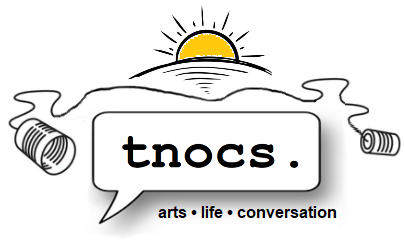



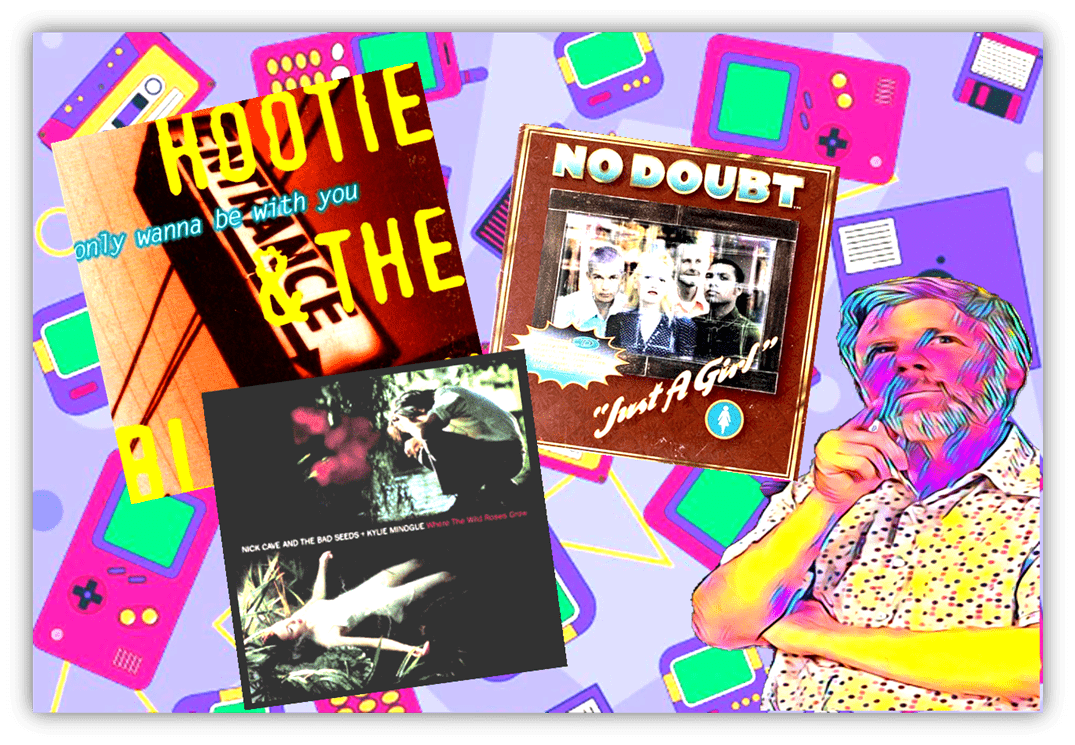
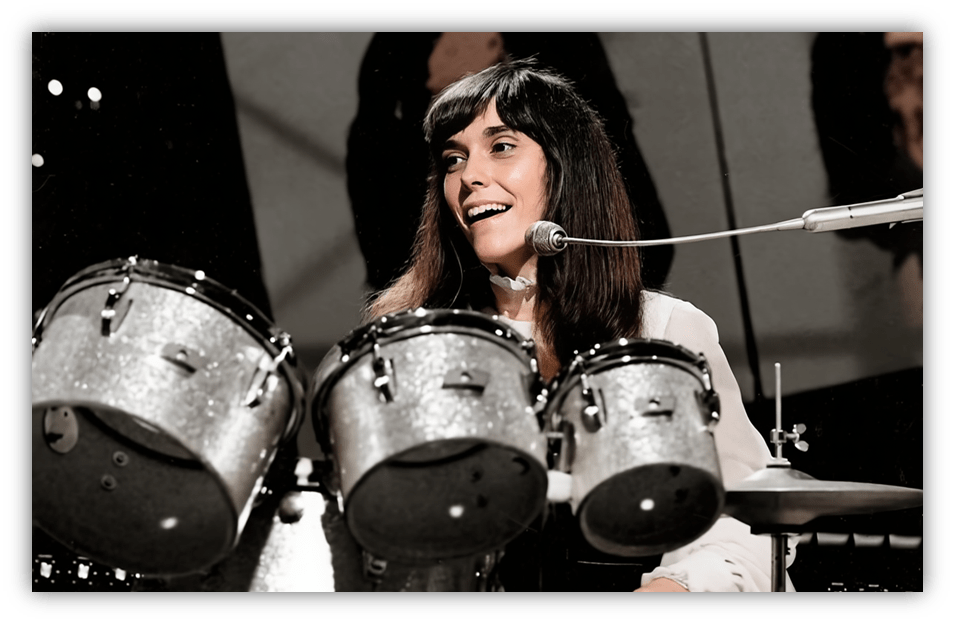
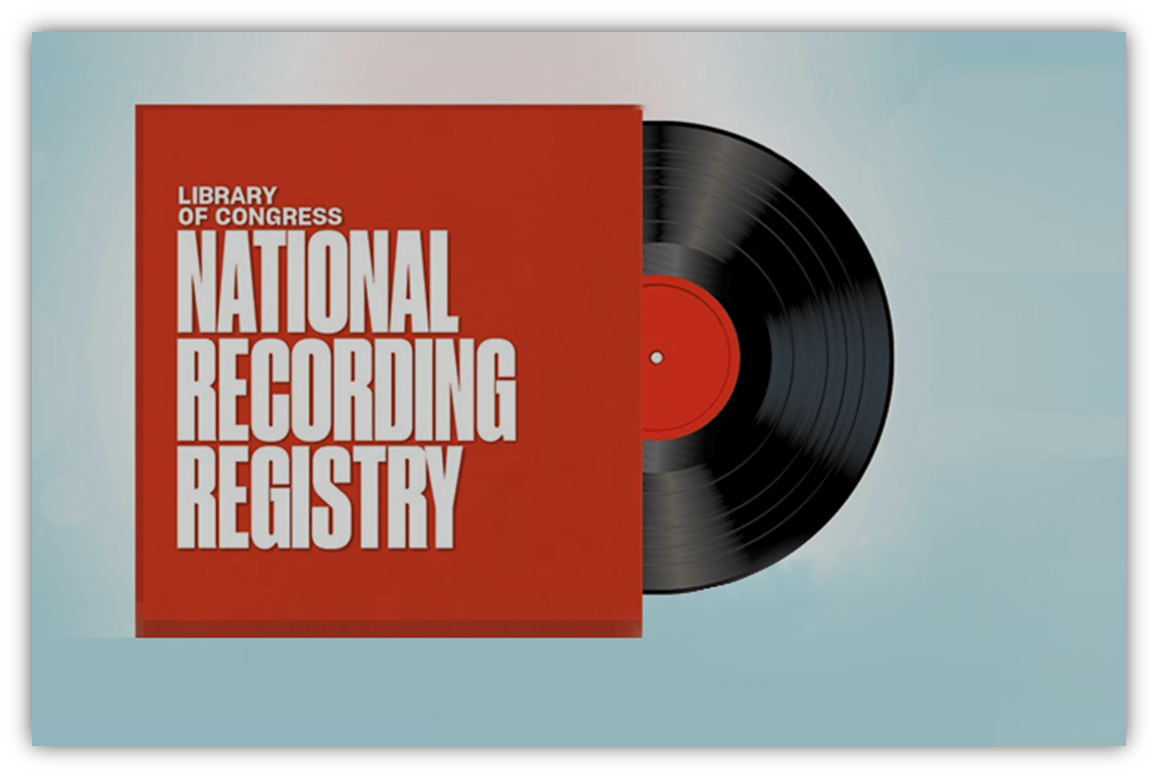

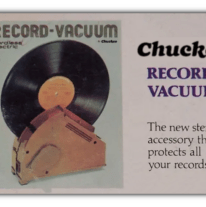
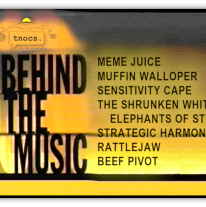
Like, and use, all of them still. My only regret is that I left the country book in South Bend when I moved to Raleigh, because there was a local weekly country column there and I wanted my successor to have a reference work for fact-checking. Maybe I can find an inexpensive replacement somewhere online.
Nice job, buddy. I’ll have to get your autograph when next we meet.
The country charts had much more turnover than the pop charts in the pre-streaming days. This was especially true before SoundScan, when they were using radio station playlists. During the 1980s it was common for there to be a new #1 almost every week. In 1983 the 52 Billboard issues featured 50 different #1 country hits, and it would have been more if not for the chart freeze on the last week of the year.
I might need to invest in one of these or the previous selection to help with my continuing immersion into US pop culture.
The Internet is great but its too scattershot. I need a book to tell me the basics and let me know who is worthy of further online investigation.
If its possible to recommend one reference book for the overseas music fan to act as a primer for all things Billboard, which would it be?
Well, it depends on what you want. I honestly think that The Billboard Book of One-Hit Wonders might give you the best idea among all of these of what was hot at the time outside of the big-name US acts like Three Dog Night, The Eagles and other big hitmakers were back in the day. But that’s only my opinion.
Both the musician and the writer in me want to check out “The Golden Age Of Rock Instrumentals.” The musician loves the instrumentals you mentioned and “Rumble,” “Hocus Pocus,” and others that I’m sure are included. The writer wants to see how Otfinoski did it. There’s only so many ways to describe music alone and your score of 7 tells me to go find this book. Thanks for the tip!
I hate to disappoint you, but since Hocus Pocus was a 1970s hit, it’s not included in the book. I know, I wish it was included as well.
So no Frankenstein, either?! Disappointing, but I’ll bet that book is still good.
Yep, no Frankenstein. It’s pronounced “Fronk-un-STEEN,” by the way.
I love the research and detail that these authors put into their books.
Ugh…I don’t buy many books, even these that would be so interesting to me. I know I wouldn’t regret investing in these. Thanks for the info, Ozmoe!
Whenever I’m at the main library, I spend about ten-to-fifteen minutes reading your book in the arts and entertainment reference section. It’s an infamous library. Nobody in Hawaii likes to talk about its history, especially the people who work there. I can’t quite remember where the fiction stacks were in the last century. I can’t get an answer from anybody. Another book in your bibliography is on the Big Island, that’s the island where they shot Shailene Woodley’s drunk scenes in Alexander Payne’s The Descendants.